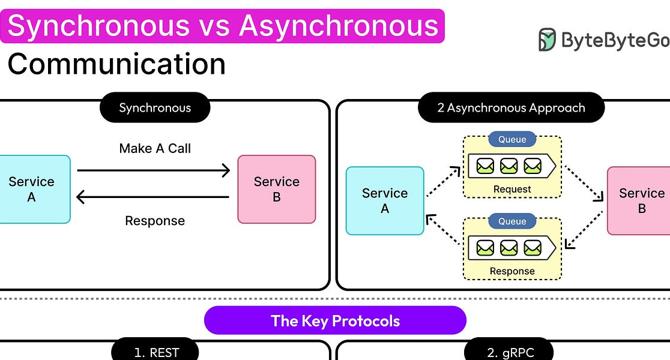Byte Byte Go
1M
262

Image Credit: Byte Byte Go
Synchronous vs Asynchronous Communication: When to Use What?
- Systems often need to decide between using synchronous or asynchronous communication for interactions.
- Synchronous communication involves one service calling another and waiting for a response, while asynchronous communication decouples dependencies by allowing the sender to move on after triggering a message, job, or event.
- Synchronous communication offers predictability and ease of tracing but can lead to impacts if the called service slows down or fails. On the other hand, asynchronous communication provides flexibility but can be harder to debug and control.
- Choosing between synchronous and asynchronous communication depends on trade-offs like latency vs. throughput, simplicity vs. resilience, and real-time response vs. eventual progress.
Read Full Article
13 Likes
For uninterrupted reading, download the app